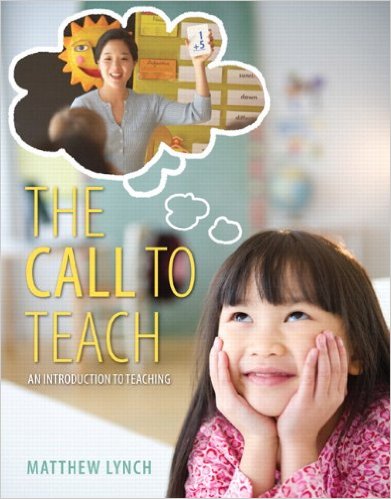STEM projects help ESOL students build skills and shine

Middle school can be challenging as students make the transition from elementary school and adjust to the many physical and emotional changes they’re undergoing. For English language learners the challenges are even greater. Not only do these students have to learn how to speak, read and write a new language, they have to adjust to a new culture. At Hunter’s Creek Middle School in Orlando, FL the school’s 165 ESOL students speak 32 different languages and are gaining confidence and language skills using STEM and project-based learning (PBL).
According to Hunter’s Creek ESOL teacher Yvette Ramirez, “Project based learning is a good fit with ESOL because it gives students an opportunity to dive deep into a topic and really spend time with it. They also get to practice their language skills in a variety of ways from listening to and watching videos to reading articles and writing their own content.”
As an Orange County Public Schools Digital Curriculum Pilot School all of Hunter’s Creek’s students work exclusively on iPads. On the rare occasions when Ms. Ramirez asks her the kids to take out a piece of paper “they look at me strange because they want to use the iPads. We’re not just using digitized work. We are digital.”
Ms. Ramirez is using one of the digital curriculum programs that came pre-loaded on the school’s iPads to implement PBL in her STEM lessons. Defined STEM is an online program that provides educators with resources to create engaging, relevant, cross-curricular PBL lessons. “One of the great things about Defined STEM is that the students are able to access the lesson directions and rubric in many different languages,” said Ms. Ramirez. “But, all of the articles, videos and other supporting content are in English. So students can feel comfortable that they understand the directions by reading them in their own languages but must use their English skills to actually complete the assignments.”
A cultural and a STEM learning experience
During the 2014-15 school year Ms. Ramirez’s ESOL students worked on several STEM projects. The project that generated the most excitement and engagement was Defined STEM’s Culinary Artist: Sustainability performance task. The Developmental Language Arts class, which is for students who speak very little English, worked on the project.
The goal of the project was for students create their own farm to table restaurant, including deciding where to locate the restaurant geographically, what to farm, how to farm, and ultimately what the menu would be. “Defined STEM had a lot of articles and videos within students’ Lexile levels that helped them get started but then they had to go find additional resources outside of Defined STEM,” shared Ms. Ramirez. “Students researched healthy recipes and figured out what kind of gardens they needed and where in the country they needed their gardens to grow.”
The Culinary Artist project culminated in students presenting the commercials and TV interviews they created that showcased their unique farm-to-table concepts. “These students have influences from around the world which they got to show in their menu and food choices,” said Ms. Ramirez. “So even though the project really helped them build their English skills and gain knowledge about American culture and geography, the students still were able to incorporate a bit of home.”
Technology makes effective STEM and PBL instruction easier
Ms. Ramirez has a strong background in teaching ESOL students and believes that a digital PBL STEM curriculum is a highly effective method to teach students both language and curricular skills. A common approach to teaching ESOL students is to pair a student with stronger language skills with a struggling student. This helps them both build their skills. PBL facilitates this kind of collaborative learning. “Without Defined STEM it would have been much harder to do these types of complex, lengthy STEM projects. All of the resources are there and designed to support English language learners. Plus, Defined STEM makes the performance tasks so interesting and intriguing that even when the work gets tough, the students persevere because they’re totally engaged.”
“The Culinary Artist projects were amazing,” shared Ms. Ramirez. “The students worked so hard and really deepened their understanding not only of English but of technology, geography, math, and so much more. They were so proud of themselves and that is exactly how I want my students to feel when they walk out of my class.”





